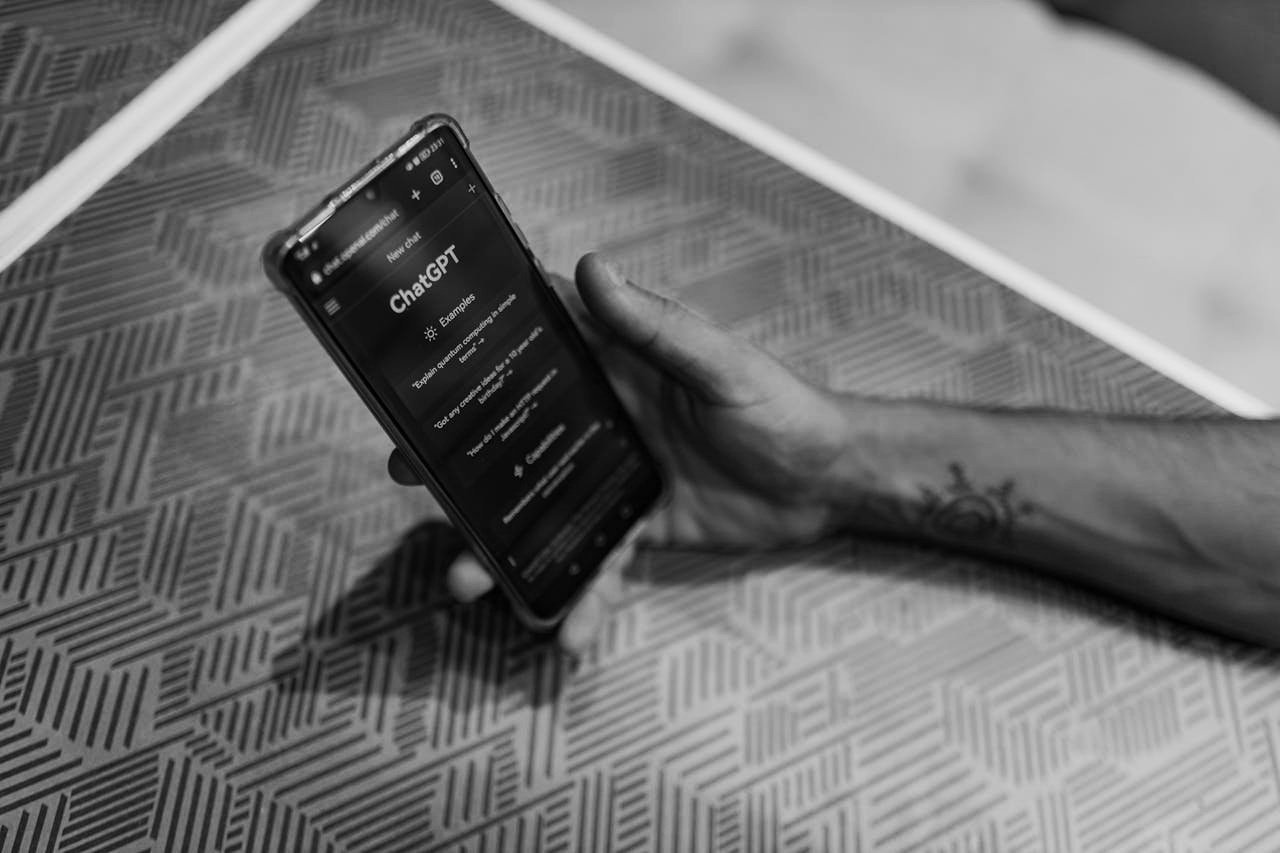
How to get listed in AI search results
A guide for tech PR professionals
Picture the scene. You’ve spent years cultivating the number one spot on Google for your B2B tech product. Now, suddenly, your traffic — and leads — are dropping off a cliff.
Why? Because B2B buyers aren’t using Google to create shortlists anymore. Today, they’re just as likely to ask an AI like ChatGPT to curate a list for them.
In 2025, being included in these AI-generated shortlists is becoming an essential part of any PR and comms strategy.
This guide outlines practical, actionable strategies to boost visibility with Large Language Models (LLMs), and position your B2B tech brand as a top result in AI-generated recommendations.
What does ChatGPT consider when recommending brands?
AI chatbots prioritise similar resources to traditional search engines, pulling content from across the internet that is:
Relevant: Clearly aligned with the specific needs of the searcher
Authoritative: From highly regarded sources with a high domain authority
Today, AI platforms like ChatGPT are much more transparent about their sources, making it easier for you to check how they’re making recommendations.
More often than not, AI platforms are lifting recommendations straight from third-party sites — either online lists (“The Top Ten Best Tech Suppliers”), review sites (“Every Tech Supplier Ranked”), or straight from good old fashioned journalist endorsements.
These third-party references are making PR and media relations more important than ever before!
Does ChatGPT mean it’s important to optimise for Bing search?
While Gemini uses Google search to find sources and real-time information, ChatGPT relies on Microsoft’s Bing to search the web. As such, Bing is becoming increasingly important for brands looking to build their visibility.
Optimising for Bing can help ensure your brand appears in the sources that ChatGPT references and recommends:
Steps to Optimise for Bing:
Claim your listing on Bing Places: Perfect for B2B brands with a physical office or regional hubs.
Submit your sitemap: Use Bing Webmaster Tools to make sure your entire site is crawled.
Optimise thought leadership content: Bing often highlights blogs or articles that directly address buyer pain points, making your expert commentary more visible.
Secure backlinks from trade media: While not all publications guarantee backlinks, coverage on trade media sites can boost rankings on Bing, and by extension AI.
How to boost visibility in AI search results and recommendations
A good PR and media relations strategy is key.
AI tools rely on trusted publications to surface brands with proven credibility, so generating strong coverage that references your brand and products in a positive way is an essential tactic for AI SEO.
There’s a whole host of ways you can secure media mentions to help boost the likelihood that AI will recommend your brand. The most common being:
Data and insights: Creating original data from surveys or benchmarks can offer hooks for stories and features
Placed case studies: Many B2B tech publications accept customer stories and case studies
Thought leadership: Whether it’s interviews, commentary, or articles, insights from your executives are a great way to get your brand mentioned.
Of course, none of these tactics are particularly effective in isolation. You need to develop a full media relations strategy, ideally working with an agency partner that knows what works and has the relevant media contacts (like us!)
Finally, always consider who you’re targeting. A growing number of publications now block AI crawlers, meaning coverage on these sites won’t have any impact on your AI rankings. When deciding your target media list, running an audit of which publications take backlinks and which block AI crawlers is an essential step.
What is an LLM.txt file?
An LLM.txt file allows you to manage how LLMs like ChatGPT interact with your brand’s website.
Just like how robots.txt can help search engines crawl your site accurately, LLM.txt files give AI a roadmap of directions and instructions for crawling your site.
How B2B Brands Can Use an LLM.txt File:
Highlight evergreen content such as white papers, blog posts, and industry reports.
Restrict AI access to outdated or internal materials (e.g., pricing sheets).
Use it to promote thought leadership content that answers common buyer questions.
The three steps ensure AI tools prioritise thought leadership and relevant resources when referencing your brand.
You can find a handy free LLM.txt generator here.
How can PR pros create more AI-friendly content?
AI models focus on answering specific, conversational queries. As a PR or comms professional, your content strategy should mirror the way potential buyers ask questions about B2B solutions.
Tips for Creating AI-Friendly B2B Content:
Use question-based headlines: E.g “What are the best cybersecurity tools for SMEs?”
Answer questions concisely: Provide clear, value-packed responses early in your content.
Prioritise natural language: True of any good copywriting, but particularly relevant for AI.
Showcase expertise: Use case studies, stats, and insights that prove expertise and ROI.
Test and monitor: Regularly audit how you’re being referred to by chatbots like ChatGPT.
When developing content, don’t forget about the basics of search engine optimisation. ‘AI SEO’ doesn’t mean ignoring traditional SEO — it’s just another channel for optimisation.
Lastly, always ask ChatGPT for its sources. If your brand isn’t appearing in results, ChatGPT can give you a full list of the links that were used to build its recommendations. These links can provide a perfect target media list for your next PR campaign.
Ready to get started? Our content team can help you with all of the above.
Using Schema markup for AI search results
Just like with traditional SEO, there are plenty of handy things you can do to make sure your brand’s website is optimised for AI.
Schema markup provides structured data that helps search engines and AI tools understand your content’s purpose. This is essential for B2B brands looking to target niche industries.
Best Practices for Schema Markup in B2B:
Add FAQ schema to buyer-centric pages that address pain points.
Use article schema for blog posts and press releases.
Implement organisation schema to highlight your company’s location, leadership, and industry focus.
Do reviews help tech brands rank in AI results?
Customer reviews are a vital trust signal, especially in the B2B space where decision-makers often rely on peer validation.
Now, those reviews are more important than ever, with AI tools like ChatGPT often reference aggregated reviews when providing shortlists and recommendations to potential prospects.
Steps to securing reviews in B2B:
Encourage customers to review on G2, TrustRadius, or Capterra.
Promote your ratings in press releases or on your website.
Respond to reviews whenever they’re received to show engagement.
Collaborations with respected brands, media outlets, or analysts can further elevate your brand’s credibility. While this won’t have a direct impact on your AI search results, growing credibility can lead to more mentions and coverage down the line. That, ultimately, can drive better results in both search and AI recommendations.

Get your PR in shape
Our team of PR professionals have enabled some of the world’s biggest tech brands to secure coverage in targeted media. Our work helps improve SEO, build backlinks, and drive traffic through AI.
Ready to find out more? Contact us below and we’ll be in touch.








